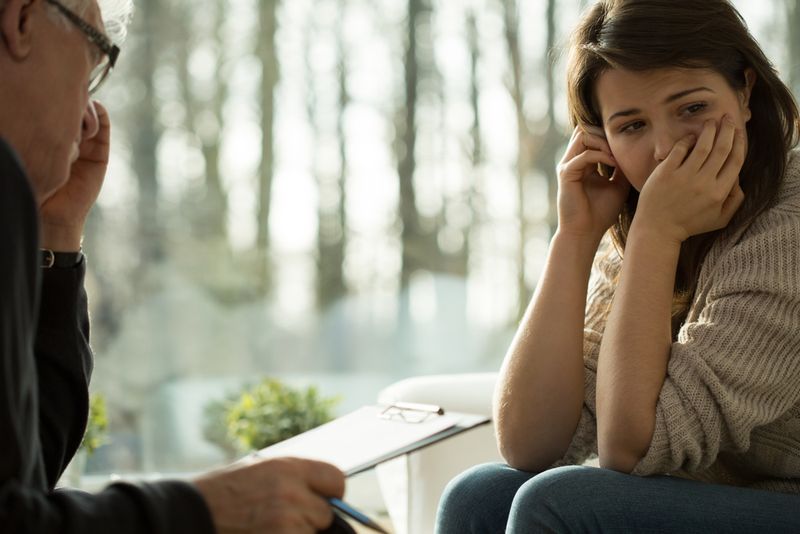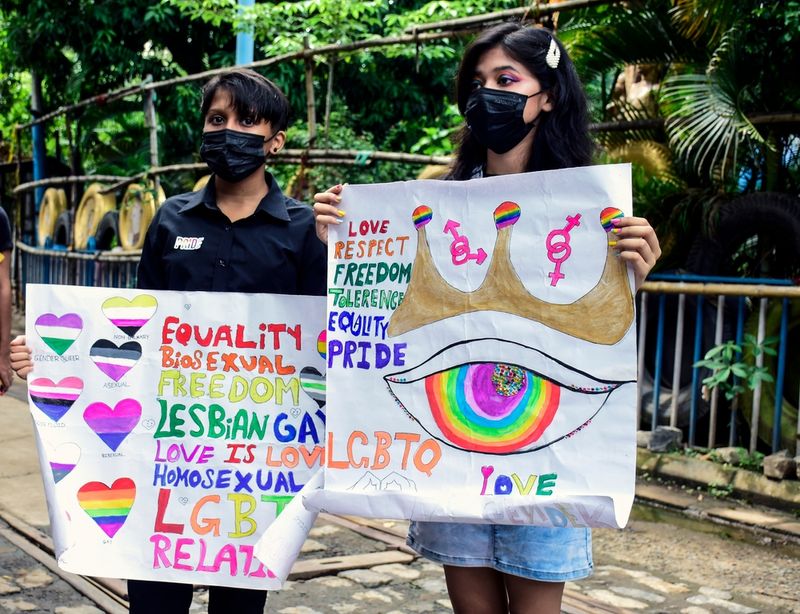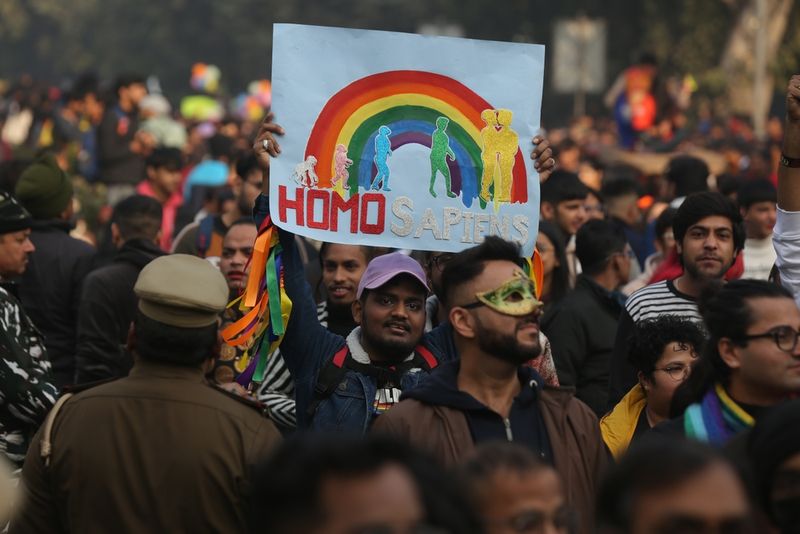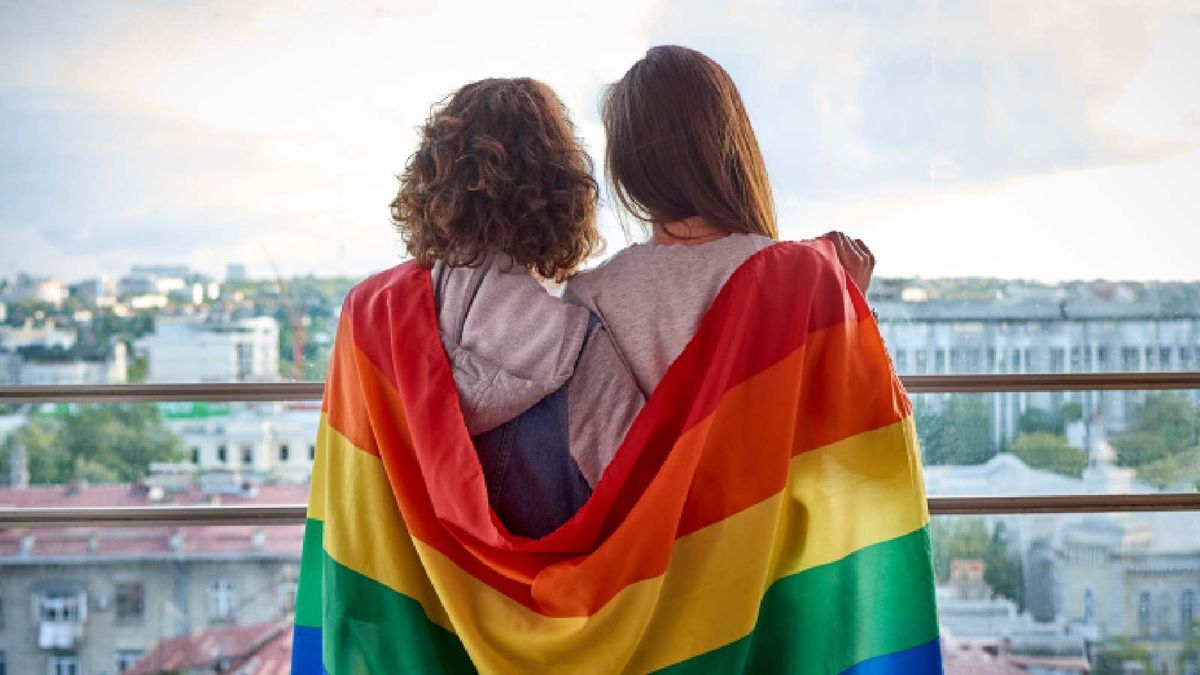Ignorance, indifference, humiliation, acceptance anxiety, and parents forcing queer children into conversion therapy have led to an alarming growth in the rate of suicide amongst the LGBTQIA+ community in India. Several cases of parents beating and disowning their children over sexuality have surfaced in recent years. In 2015, according to The New Indian Express, 16 LGBT suicides were reported within a span of 18 months. In 2019, a 19-year-old boy died by suicide in Chennai after being humiliated over his homosexuality. In March 2022, another 16-year-old boy in Faridabad died by suicide after he was assaulted and harassed over his sexuality in school. In October 2022, a 20-year-old gay man died by suicide after killing his partner in Gwalior, Madhya Pradesh.
Arushi Sethi Shah, founder of Trijog, a mental and emotional well-being firm, elaborates on the mental health challenges and disparities faced by LGBTQIA+ individuals and shares practical tips for the community to cultivate resilience and prioritise self-care.
Factors threatening the community’s mental health

LGBTQIA+ individuals face various mental health challenges and often experience higher rates of depression, anxiety, and other mood disorders compared to their heterosexual and cisgender counterparts. Arushi explains, “This can be attributed to a range of factors, including societal discrimination, prejudice, and stigma. LGBTQIA+ individuals may face rejection from their families, bullying at school or work, and even violence or hate crimes. These negative experiences can lead to feelings of isolation, low self-esteem, and a heightened sense of vulnerability, all of which contribute to poor mental health outcomes.”
Citing society's heteronormative and cisnormative expectations, which often marginalise and stigmatise those who do not conform to traditional gender and sexual orientations, Arushi says, “This can result in feelings of shame, self-doubt, and internalised homophobia or transphobia. The lack of acceptance and understanding from family, friends, and communities can lead to social isolation and a sense of alienation. Constant exposure to discrimination, microaggressions, and hate crimes can cause chronic stress and trauma, which significantly impact mental well-being.”
Seeking professional help and practising self-care

But then, how can they deal with it? Firstly, seeking professional help from therapists or counsellors who are knowledgeable and affirming of LGBTQIA+ experiences can be beneficial. Arushi suggests, “Counselling can provide a safe space to explore and address issues related to identity, self-acceptance, and resilience. Connecting with supportive LGBTQIA+ communities or support groups can help combat feelings of isolation and provide a sense of belonging. Engaging in self-care practices such as exercise, mindfulness, and creative outlets can also contribute to improved mental well-being.”
The much-needed change in mindsets

Arushi notes that changing perceptions towards the LGBTQIA+ community requires collective effort, and adds that a commitment to inclusivity and equality is the need of the hour to make the world a better place. She elaborates, “Education plays a crucial role in dispelling myths and promoting understanding. Schools and educational institutions should incorporate LGBTQIA+ history, experiences, and rights into their curricula. Promoting positive media representation and accurate portrayals of LGBTQIA+ individuals in movies, TV shows, and literature can also help challenge stereotypes and foster empathy.” Creating and enforcing laws that protect LGBTQIA+ rights and combat discrimination is essential. “It is crucial for individuals to challenge their own biases, engage in open dialogue, and become allies to the LGBTQIA+ community,” she adds.
However, when it comes to social media being a powerful tool for raising awareness and promoting change, she believes it is not sufficient on its own. She urges that social media can amplify voices, be a platform to share personal stories, and mobilise communities, which is crucial for creating visibility and advocating for LGBTQIA+ rights. “However, real change requires actions beyond the digital realm. It necessitates tangible efforts such as legal protections, inclusive policies in institutions, and face-to-face conversations to challenge biases. Social media awareness should be seen as a starting point, inspiring individuals to take meaningful action in their offline lives,” she adds.

On the significance of Pride Month in fostering a sense of community, empowerment, and visibility for LGBTQ+ individuals, Arushi says, “Originating as a tribute to the Stonewall Riots, it has evolved into a global celebration of LGBTQ+ identities and a platform for advocating for equal rights. Pride Month provides an opportunity to educate the wider society about the diverse experiences of LGBTQ+ individuals and the challenges they face. It allows for the amplification of LGBTQ+ voices, promoting self-acceptance, and empowering individuals to embrace their authentic selves. Pride events, parades, and festivals create safe spaces for LGBTQ+ people to connect, celebrate their identities, and find support within a vibrant and accepting community.”
Tips for LGBTQIA+ individuals to prioritise self-care
1. Physical health
Engage in regular physical activity such as running, walking, or cycling to boost endorphins and overall well-being.
2. Emotional health
Seek appropriate counselling or therapy to address personal challenges and nurture emotional well-being. Engage in activities such as reading uplifting literature to promote emotional growth.
3. Socialisation and support
Connect with supportive friends, family, or community members who understand and respect your identity. Foster social connections by engaging in meaningful conversations and activities with loved ones.
4. Spiritual care
Explore activities that promote grounding, connection with nature, and personal introspection. Engaging in practices such as meditation, mindfulness, or connecting with one's spirituality can contribute to overall well-being.




